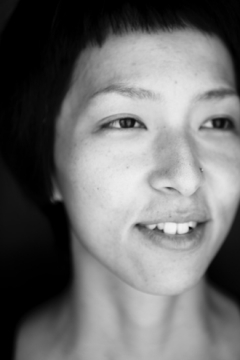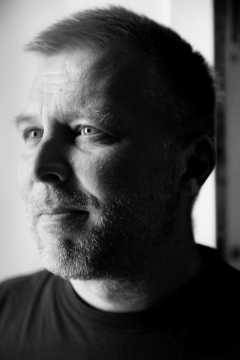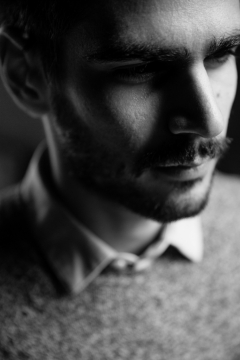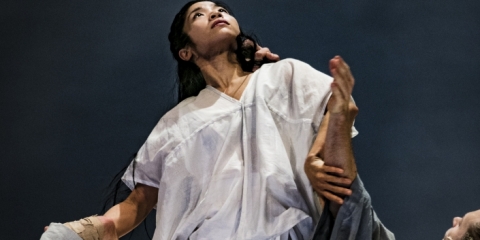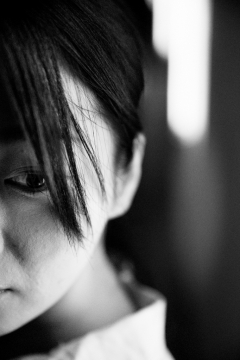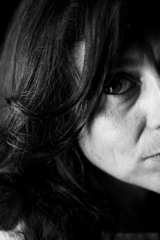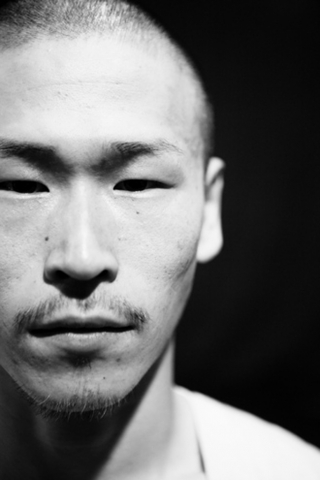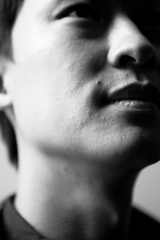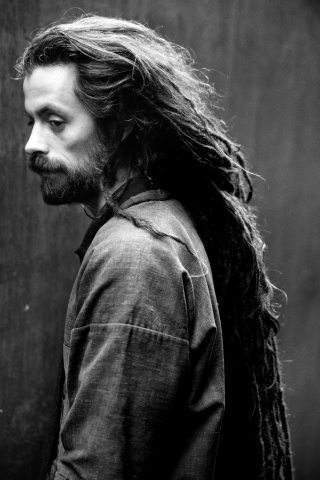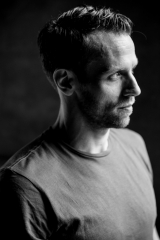Project /
Icon
Icon. Religious leaders, politicians, pop stars, role models. We create them, reproduce them, and worship them. All until the next regime, culture or trend takes over and replaces them with new ones. This idea is Sidi Larbi Cherkaoui’s leitmotif for Icon, his second creation for the GöteborgsOperans Danskompani after creating Noetic in 2014. For this production Cherkaoui decided to both break new ground, and so he commissioned the young Antwerp-based fashion designer Jan-Jan Van Essche to create the costumes, as to pursue his lasting and fruitful collaboration with visual artist Antony Gormley, who joined Cherkaoui for the first time in 2005 for Zero degrees. In Icon the set consists of 3,5 tons of clay, a malleable substance with a huge ephemeral quality.
“When you see dancers interact with the clay, it speaks volumes about who they are as individuals. Shaping something is very interesting in the way you transfer your energy to another material. Clay is a very emotional material. There’s nothing spiritual about clay. Clay is extremely earth-bound. It has weight. It never reacts the way you would think. It’s unpredictable, as if it had a mind of its own. In that sense, Icon is the opposite of Noetic, where I could work with the element of air and shapes such as circles. In Icon, the clay keeps me grounded. Working with this material, gravity constantly drags me down.
When I started working on this new piece, the biggest questions that came to mind were around the concepts of icon and iconoclasm. How we make icons; how, at some point, we give them power, and then have a tendency to break them. There’s something to say about how we need at times in our lives to start a new phase by breaking things. It is fascinating for me to see how we as a society react to certain destructions. Certain demolitions we find very painful to watch, and – strangely enough – at certain losses we feel almost euphoric, although actually they may be just as painful.” – Sidi Larbi Cherkaoui
To specially-composed music, performed by musicians and singers from Italy, Japan and South-Korea, the dancers interact with the clay in sophisticated, suggestively ritual patterns. An experience steeped in both mysticism and naturalism.
